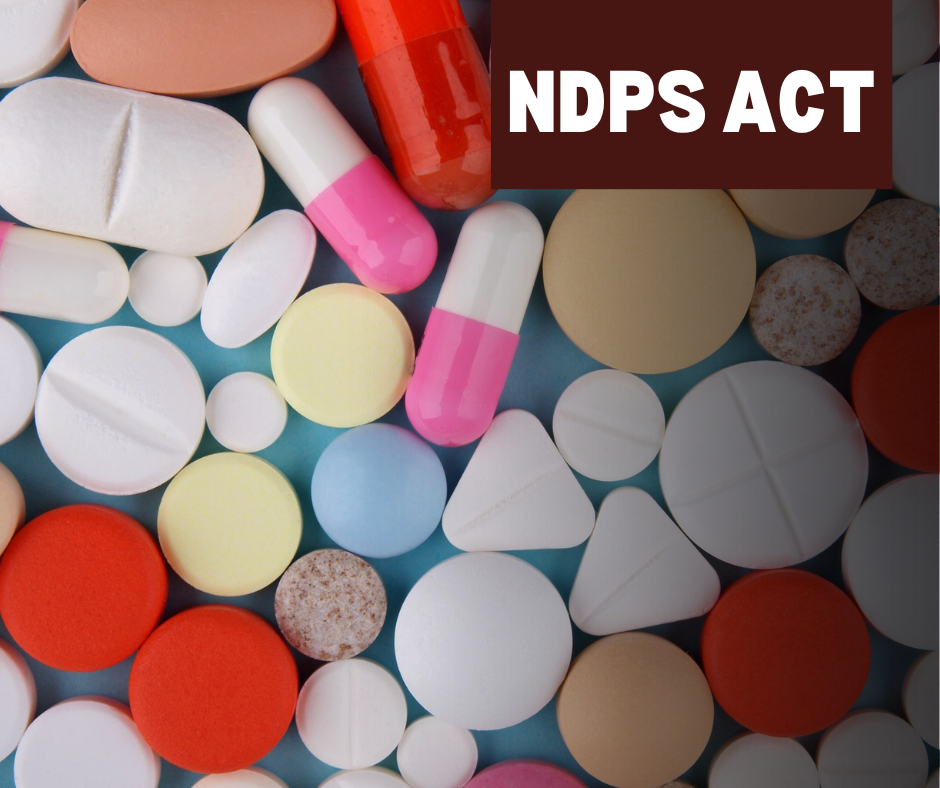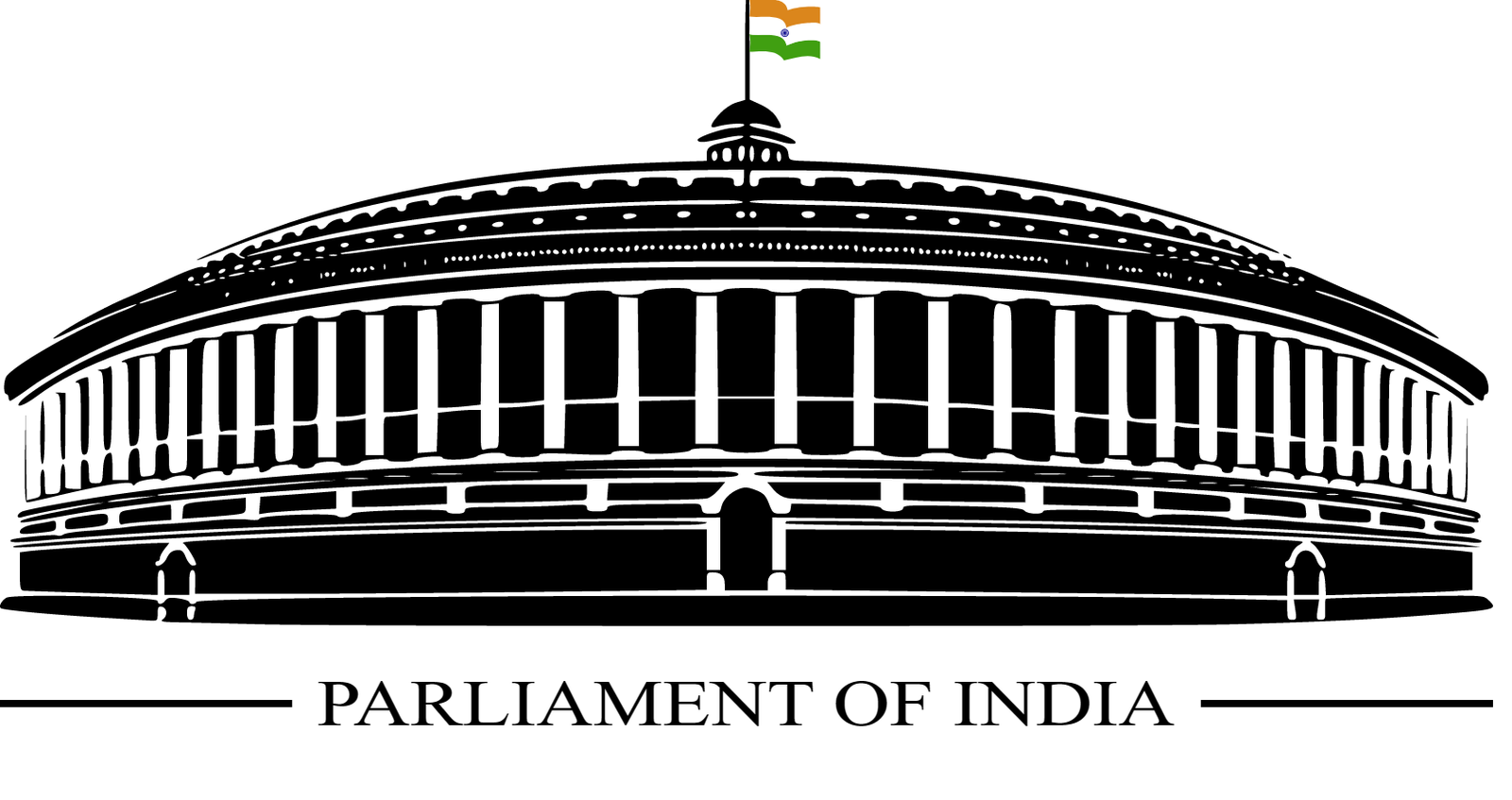Introduction-
Often referred to as the land of Shiva, India has a rich cultural heritage with unique and mysterious methods of deity worship. These practices include the use of bhang, a derivative of cannabis, during religious festivals such as Shivaratri. The term “Soma” in Sanskrit also means intoxication, a quality associated with intoxicants that have traditionally been used as “soma ras” for centuries, as documented in various literary works. In addition, opium is offered during Akha Teej, a ceremony aimed at fostering family ties. Unlike Western countries, India has a cultural tradition of incorporating certain natural narcotics into religious celebrations. Therefore, this cultural difference is a crucial factor in formulating and enforcing drug laws in India.
However, we cannot ignore the escalating problem of substance abuse in our country. There is a significant population of drug addicts in our society, leading to several health problems such as increased mortality and psychiatric disorders, along with economic burdens such as the allocation of resources to address these problems and reduced overall productivity. In addition, substance abuse contributes to various social problems, including family breakdowns, which can ultimately result in criminal behavior. The campaign against drug abuse raised several contentious issues, the consequences of which ranged from white-collar crime to more mainstream crime. In the current era of terrorism, where drugs serve as a means of financing terrorist operations, addressing this problem becomes even more critical in the formulation and revision of drug legislation.
Effective legislation is essential in the fight against drug-related problems. In less than a year, around 14,564 people have been arrested under the NDPS in Punjab, with nearly one-third of them jailed for drug-related offences. In response to this situation, the government launched special campaigns aimed at discouraging drug abuse. India is a signatory to three UN drug conventions: the Single Convention on Narcotic Drugs of 1961, the Convention on Psychotropic Substances of 1971 and the Convention against Illicit Traffic in Narcotic Drugs and Psychotropic Substances of 1988. These treaties were ratified in the 1980s after extensive debates on the prohibition of non-medical use of opium and cannabis.
Drug Policy in India-
India, among the developing nations, was among the pioneers in formulating a National Drug Policy (NDP) aimed at ensuring access to medications for the economically disadvantaged, countering the dominance of leading pharmaceutical brands often prescribed by healthcare professionals. In 1963, the Indian government introduced the Drug Price Control Order (DPCO) to regulate drug prices in the market. However, the initial DPCO had limited impact, leading to the withdrawal of many drug manufacturers from the country and a shift in the production of certain drugs to China. A revised version of the DPCO was enacted in 2013, which was perceived to be more favorable to non-controlled products, resulting in minimal new investments. Under DPCO 2013, drugs listed in the National List of Essential Medicines (NLEM) were the only ones regulated.
During the era of British colonial rule, the Chinese successfully ended the opium trade between India and China with British assistance. Following various international conventions aimed at prohibiting substance abuse worldwide, India adopted the Narcotic Drugs and Psychotropic Substances (NDPS) Act in 1985. Within three years of implementing the NDPS Act, there was recognition of the necessity for further legislation to combat illicit trafficking of narcotic drugs and psychotropic substances, leading to the introduction of the Prevention of Illicit Trafficking in Narcotic Drugs and Psychotropic Substances Act, 1988, by Indian lawmakers.
Enactment of NDPS
Originally, the primary cause of narcotic addiction came from the medical use of opium and morphine during the Civil War. This led to addiction among veterans, often referred to as “soldier’s disease.” While hemp production was effectively banned in 1937, during World War II, some governments suddenly found themselves needing it for essential items such as ropes and cords. In India, the documented use of cannabis dates back to the Vedic period, with the Atharvaveda referring to its use centuries ago. Until 1985, cannabis and its derivatives (bhang, charas and ganja) were legally sold and commonly used for recreational purposes.
India opposed the United States-drafted Single Convention on Narcotic Drugs (1961), which aimed to regulate all drugs. As a result, the convention granted India a 25-year “grace period” to make cannabis available exclusively for scientific and medical purposes. However, due to political sensitivities and international obligations, the Indian government has been forced to address the culturally ingrained use of cannabis. Subsequently, the NDPS Act was enacted on 14 November 1985, effectively banning all narcotic drugs in India with minimal resistance. The only provision in the 1985 law for non-medical cultural use was to penalize beverages made from cannabis leaves.
The NDPS Act primarily prohibits the cultivation, manufacture, possession, sale and transportation of narcotic substances and substances, except for medical and scientific purposes as specified in the Act. Substances included include cannabis, coca, opium and other narcotics. The main objectives of the enforcement of this law were to regulate the production and distribution of drugs, to ensure the quality control of drugs, to mandate the disclosure of ingredients and to prevent the abuse of substances in society.
Key Deficiencies of the Legislation
One of the significant defects of the offense is its presumption of guilt of the accused, which places the burden of proof of innocence entirely on the individual. Bail is not granted to the accused under specific sections of the NDPS Act or for offenses involving commercial quantities of drugs. Despite the Indian judicial system’s tenet that individuals are innocent until proven guilty, delayed justice remains a pervasive problem, even with the establishment of special courts for NDPS cases. In addition, individuals arrested for possession of small amounts of drugs may spend a longer period of time in custody during investigation, contributing to the perception of delayed justice.
The investigative focus often favors large drug traffickers over petty traffickers, exacerbating the ineffectiveness of the law. Corruption in the system further undermines efforts to combat drug crime. In addition, the law does not sufficiently distinguish between different levels of involvement in drug crimes, from occasional users to experienced traffickers. Changes have been made, such as those introducing harsher penalties for repeat offenders, including the death penalty for certain crimes, but debate remains over the law’s ability to address the nuances of drug-related crimes effectively.
The law’s inflexibility in adapting to emerging drugs and derivatives presents a challenge, as seen in the difficulty of prosecuting substances such as Rescox cough syrup, which exhibit narcotic effects but may not fit neatly into existing classifications. There is a growing consensus on the need to include new precursors, drugs, and their derivatives with narcotic and psychotropic effects in the law to increase its effectiveness.
In addition, studies indicating similarities between alcohol and opioid addiction argue for a reconsideration of alcohol use and addiction legislation in light of their comparable societal impacts. Despite the prevalence of drug-related cases, the conviction rate remains relatively low, highlighting shortcomings in the effective prosecution of drug-related offenses in the current legal framework.
NDPS Amendments, 2014
The NDPS Amendment 2014, enforced on 1 May 2014, introduced several changes aimed at managing drug addiction cases and treatment facilities under Section 71 of the NDPS Act. These amendments also increased the penalties for less serious offenses and confirmed the criminalization of drug consumption. Morphine manufacturers now only require a single license from the relevant state drug authority, simplifying the process compared to the previous complex and multi-step process involving multiple licenses with different validity periods. This amendment aims to ensure uniform regulation across the country and resolve state conflicts.
In addition, basic narcotics used in medicinal products such as morphine, fentanyl and methadone have become more available for medical use. The death penalty for repeat drug trafficking convictions has been commuted to a maximum sentence of 30 years at the discretion of the courts. On the other hand, punishments for “small amounts” of crimes increased after the amendment from a maximum of 6 months to 1 year of imprisonment.
Going forward, effective implementation of the NDPS Act is essential to regulate drug use in society and ensure the quality of medicinal products. The proper management of data on drug addicts with the participation of various organizations operating in this area is essential. It is recommended to improve coordination between states in drug-related investigations and distinguish between synthetic and natural drugs for clearer lines of investigation. Transparency in policymaking can help effectively address drug-related crime, while understanding drug patterns is essential to combating illicit drug problems.
Raising awareness and educating the public can play a significant role in eradicating drug addiction. To prevent substance abuse and protect future generations from the harm caused by drug addiction, a coordinated effort between rehabilitation centers and both the central and state governments is necessary.
Conclusion-
The Narcotic and Psychotropic Substances Act (NDPS) is India’s anti-narcotics and drug proliferation weapon, which aims to regulate the production, distribution and use of drugs in society. Rooted in India’s cultural heritage and prompted by the escalating problem of substance abuse, the law reflects a multi-pronged approach to combating drug-related problems.
Despite the intentions of the law, however, there are fundamental deficiencies within it. These include the presumption of guilt of the accused, delayed justice, and the ineffectiveness of distinguishing between different levels of involvement in drug crimes. In addition, the law’s inflexibility in adapting to emerging drugs and derivatives is a problem, as is the low conviction rate for drug-related offences.
However, amendments to the NDPS Act, such as those introduced in 2014, aim to address some of these shortcomings by strengthening penalties for certain offenses while streamlining regulatory processes. In addition, effective implementation efforts, inter-state coordination, and transparency in policymaking are essential for a comprehensive solution to drug-related problems.
Looking ahead, a concerted effort is needed to effectively combat drug addiction. This includes raising public awareness, improving access to treatment facilities, and promoting collaboration between rehabilitation centers and government agencies. By addressing these challenges and building on the strengths of existing legislation, India can continue to fight the scourge of narcotics and drugs and protect the well-being of its citizens and future generations.



